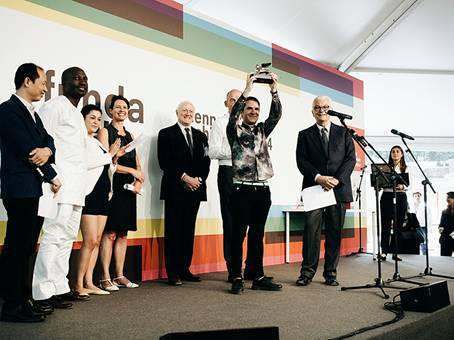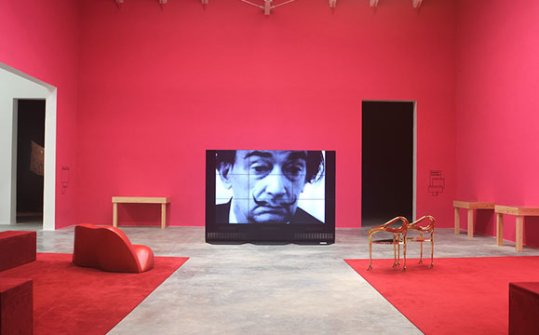Greater coordination and coherence will be sought between the National Pavilions, which will base their work on a single theme – ‘Absorbing Modernity: 1914–2014’ – to show how national distinguishing features have progressively been erased and replaced by a single modern language, a single repertoire of types. Tracing the history of the past one hundred years, the different pavilions will provide a global vision of the evolution of Architecture in a single, modern aesthetic, while revealing the survival of some national characteristics and positions which continue to exist and flourish within this globalisation.
The Spanish Pavilion will examine the concept of ‘Interior’ as the overall theme of the pavilion. As the curator Iñaki Ábalos explains, ‘there is no architecture without an interior; there is no idea of architecture if there is no thought of interior in all aspects. The interior speaks of space, and space is, by definition, the theme of architecture.’
The result of exploring the central theme of ‘Interior’ will be approached as an investigation through different examples of Spanish contemporary architecture that evidence one of the distinguishing features of its identity and essential core: the need to understand or interpret it as an environmental construction. References from our modern history such as Coderch, Oiza and Sota, and works by earlier architects like Gaudí and Guastavino already pointed to this specificity and are essential to understanding many of the architectural designs that will be shown in Venice.
With this review, the Spanish Pavilion will provide an interpretation of the contemporary scene as an architecture centred on the value of its design and on combining the cultural, historical and artistic identity of its heritage with innovation and modernity: a duality which it is relevant to stress in the field of rehabilitation, heritage recovery and urban regeneration today.
AC/E collaborates with the Spanish Ministry of Foreign Affairs and Cooperation in the organization of the Spanish pavilion at the Biennale, and the participation of Spanish architects and theorists guests both in the International Section and in other foreign pavilions. The architects invited to the International Section have been chosen by the prestigious architect Rem Koolhaas. This fourteenth edition, the Spanish representation is wide with Alejandro Zaera-Polo, Andrés Jaque, Beatriz Colomina, Beatriz Preciado and Ignacio Gonzalez Galan.
The concept devised by Koollhaas comes in two venues, the Italy Pavilion Elements of Architecture where only participates Alejandro Zaera and in Monditalia, Arsenale, where the work of the other guests is present. Moreover AC/E also supports the participation of Andrés Jaque in the Swiss Pavilion with Homage to Cedric Price's 1966 intervention project at the Sheffield Festival and Daniel Fernández Pascual in the U.S. pavilion with his project Office US.

The Jury of the 14th Architecture Venice Biennale has awarded the installation by the Spanish Architecht Andrés Jaque/Office for Political Innovation 'SALES ODDITY. Milano 2 and the Politics of Direct-to-Home TV Urbanism' with the Award to the Best Research Project SILVER LION of the Biennale.












